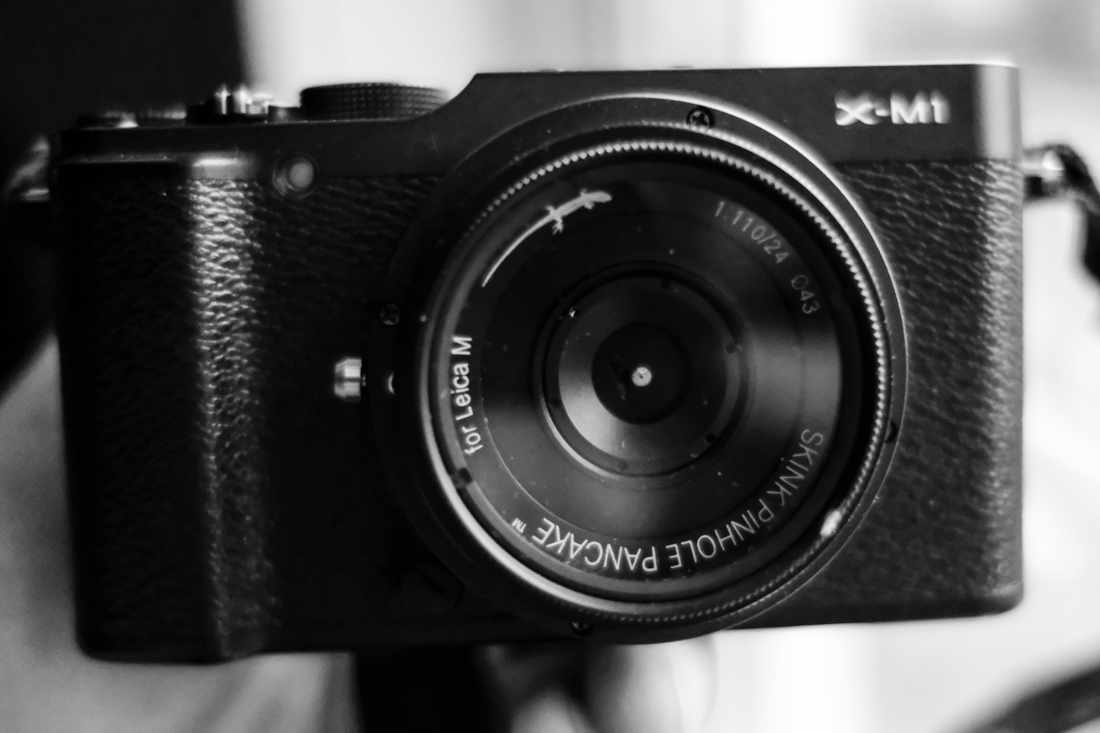Almost all of my favorite photographers are dead. Almost all of my favorite photographers photographed with equipment that is essentially inferior to today’s mobile cameras. Almost all of my favorite photographers photographed on film with a resolution that is only a fraction of what our modern digital cameras are capable of capturing. In other words, I am not obsessed with the idea of getting the newest equipment in hope that it will deliver my best not yet shot image. I miss nothing to photograph, my belief is that the image is created behind the camera, not in the camera.
“Sharpness is a bourgeois concept” is a favorite quote by Henri Cartier-Bresson (1908-2004), as I see it one of the greatest photographers, in my world only overshadowed by André Kertész (1894-1985). My photographic preferences were created in 1975 when I met a professional photographer in a small country town in Sweden. He showed me into a world of photography that until then had been unknown to me, and in that world I have remained. In this world there were no technically perfect images here, but instead there was the elusive feeling and the absolute right moment when the exposure was made. These pictures grabbed me, these pictures were immediately great and for me they will forever continue to be great.
This photographer I met in 1975 had some tricks for himself, he softened many of his pictures. He already thought in 1975 that the pictures were too technically good, so by illuminating the photo paper in the darkroom through a women’s nylon stocking that he moved around all the time during the exposure, he created images that were soft in the contours, still sharp, just slightly blurry. By going up in gradation on the photo paper he kept the contrast. Here is an attempt to mimic the effect by adding Gaussian blur with 65% opacity (the picture is an old scan from the time when I learned from him). It becomes a little dreamy, but the experience on the monitor cannot be compared with the effect on a real photo paper.
Unsharp, with a normal lens
As I have been thinking a lot about how the perfect technology might even kill the picture, I have been searching for ways to express what I want. A handful of years ago I went to a class in gum bichromate print at Biskops Arnö, a photo school near Stockholm. I wanted to find out if that old printing method could work with my street pictures, but I found that it was a far too imprecise craft. Instead, I have experimented further within the framework of the digital technology, trying to find how I can influence the end result during the exposure.
In the photos below, with the help of long shutter speeds (1/4, 1/8, 1/15) and various panes, I have tried to create images with sharpness and blur. Some more blurry but still with something left that can catch interest.
It’s all photographed with a Fuji X-E3 and a traditional wide-angle lens (23/2.0 and 27/2.8).
Really, really unsharp, with a pin hole
Some years ago I got a “pin hole camera lens”. The name is slightly misleading, because it is a tube with a disc in the front where a small hole is made with laser technology. Thus, just one hole, no optical glasses at all, so the word lens is not entirely relevant. In front of that it’s a filter thread. The filter thread was what made my buy the lens as I was hoping this would prevent the sensor from picking up too much dust. It works, so-so. Everything is a little loose and imprecise, so the dust fines it’s way to the sensor, anyway.
Well, the pin hole camera technique is best suited for large projection surfaces, you get decent sharp pin hole camera images in good contrast if you shoot with sheet film 4″x5″ or larger and use a tripod. I have this lens on my old Fuji X-M1, an APS-C sensor camera and I photograph freehand on the street.
A typical situation is that I shoot 200 photos with this setup in the streets. 195 is crap. Of the five I keep from the first sorting out round I might save one, if I’m lucky. The following photos are attempts that hasn’t been thrown away, yet.
It’s challenging, but also interesting, we’ll see what it leads to.









































